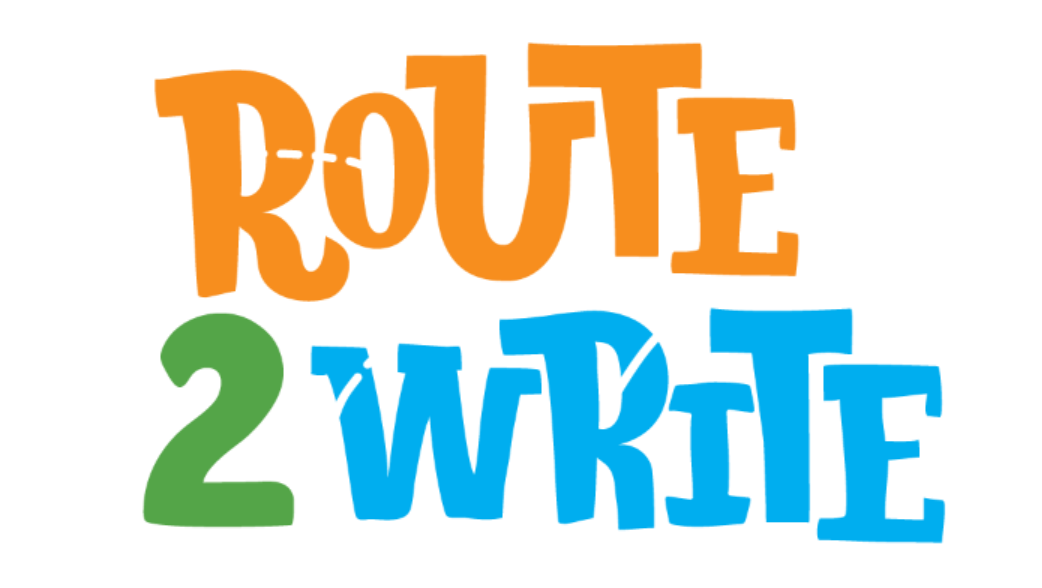If your child has ever received additional support in school, you’ve probably heard of an IEP—or Individualized Education Plan. These plans are most common in public schools, but they can also be valuable tools for homeschooling parents who want to understand and meet their child’s learning needs. In this post, we’ll explain what an IEP is, why a child might have one, and how homeschool families can use that information to create a supportive and effective learning environment.
An Individualized Education Plan (IEP) is a document developed by educators and specialists to outline a student’s unique learning needs and the supports they require to succeed. In traditional schools, an IEP includes:
- The student’s strengths and challenges.
- Specific learning goals and objectives.
- Accommodations (such as extra time on tests, modified assignments, or assistive technology).
- Services provided (such as speech therapy or reading support).
While IEPs are part of the public school system, the information they contain remains useful even for families who decide to homeschool.
Students receive IEPs for a wide range of reasons—some academic, others developmental or emotional. An IEP ensures a child gets the tools and support needed to succeed. Common reasons include:
- Learning differences, such as dyslexia, dysgraphia, or dyscalculia.
- Speech or language delays, which can affect communication and comprehension.
- ADHD or attention-related challenges, where students benefit from structured, focused support.
- Autism spectrum disorders, where individualized approaches help support communication, sensory, or social needs.
- Emotional or behavioural challenges, which can impact focus and confidence.
Each IEP is tailored to the individual, ensuring that goals and accommodations reflect that student’s specific needs.
1. Identify Strengths and Challenges
Start by reviewing your child’s IEP to understand their learning profile. This helps you recognize what works best for your child—whether they learn more effectively through visuals, hands-on activities, or auditory instruction—and where extra support may be needed.
2. Set Realistic Goals
IEPs include measurable goals that guide progress. You can adapt these goals for your homeschool environment. For example, if the IEP targets writing fluency, you might focus on daily short writing sessions or creative journal prompts to build confidence and stamina.
3. Maintain Key Accommodations
Even outside the school system, accommodations remain valuable. If your child benefited from structured breaks, assistive software, or specific learning tools, continue using them at home. Consistency helps students feel secure and capable.
4. Document Progress
Keep simple notes or samples of your child’s work to track growth. This not only helps you monitor progress but also provides useful records if you ever transition back into a school setting or need updated support evaluations.
5. Seek Support When Needed
You’re not alone in homeschooling with an IEP background. Many communities and educational programs—including online options like Route2Write—offer structured support for writing, reading, and other skill areas. Professional feedback can help ensure that learning goals are met while keeping lessons engaging.
An IEP is a roadmap for understanding how your child learns best. By using that information thoughtfully at home, homeschool parents can create a personalized, supportive education plan that helps their child thrive.
At Route2Write, our structured online writing courses are designed with flexibility in mind, making them a great fit for students who benefit from individualized pacing, clear feedback, and skill-based learning. Whether your child is following an IEP or simply learning at their own speed, Route2Write can help them build confidence and success in writing.

